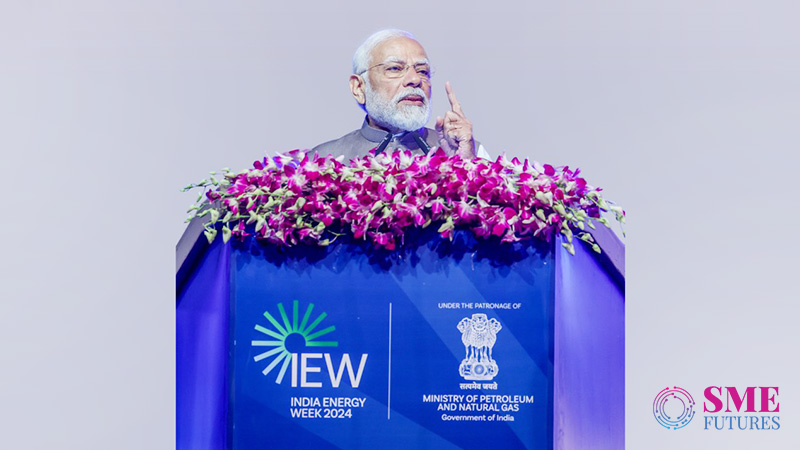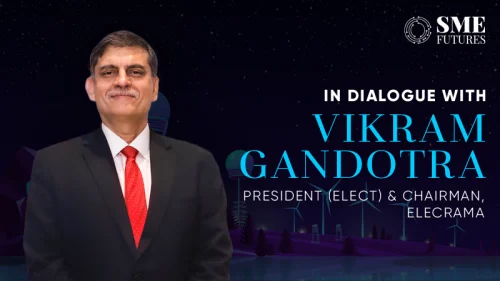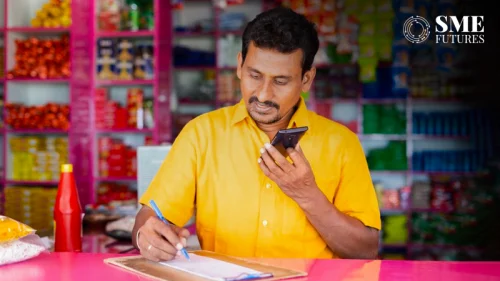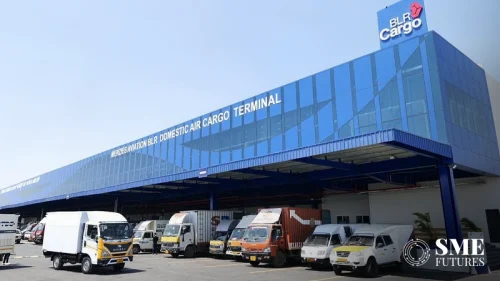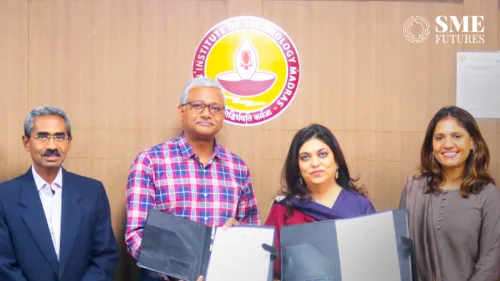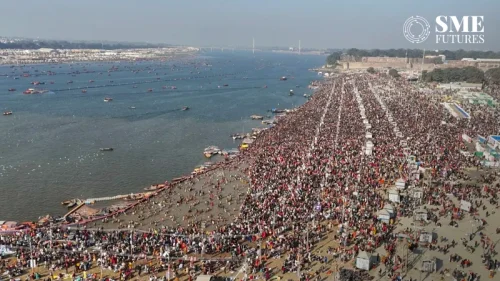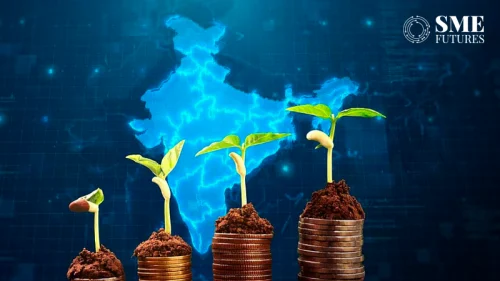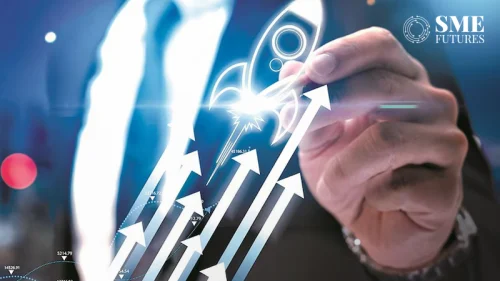Prime Minister Narendra Modi on Tuesday outlined his government’s vision for reducing dependence on fossil-based fuels and highlighted the achievements the country made under his administration in the energy domain.
“It is a matter of great pleasure for us that this event of India Energy Week is taking place in Goa which is always full of energy. Goa is known for its hospitality. Tourists coming here from all over the world are impressed by the beauty and culture of this place. Goa is a state that is touching new paradigms of development, so today when we have come together to talk about sensitivity towards the environment and sustainable future, then Goa is a perfect destination for this. All the foreign guests coming to this Summit will take lifetime memories of Goa with them” the Prime Minister said Inaugurating the second edition of India Energy Week 2024, PM Modi asserted that India’s solar installed capacity has risen by over 20 times over the decade.
Blending of ethanol has risen from a mere 1.5 per cent to above 12 per cent. India has already rolled out 20 per cent blended fuel, though, in a phased manner, in April 2023 and widespread availability is expected in days to come.
By 2025, a full 20 per cent rollout is expected. “India is focusing on building infrastructure at an unprecedented pace,” PM Modi said.
“Amidst the increasing energy demand, India is also ensuring affordable energy in every corner of the country. India is a country where despite many global factors, the prices of petrol and diesel have come down in the last two years. Apart from this, India has achieved 100% electricity coverage. Electricity has been provided to crores of homes and due to such efforts, today India is progressing so much in the energy sector on the world stage. India is building a modern infrastructure of the 21st century, we are working on the infrastructure-building mission, in this financial year we are investing about Rs 10 lakh crore on infrastructure” the Prime Minister added.
Talking about India’s energy demand, PM Modi asserted that it will double to about 38 million barrels by 2045.
“Experts across the world believe that India will soon become the third-largest economy in the world. The energy sector is important in this growth story of India. India is already the third-largest energy consumer in the world. India is the third largest oil consumer and the third largest LPG consumer. We are the world’s fourth largest importer of LNG, fourth largest refiner and fourth largest automobile market. Today, new records are being made in the sales of two-wheelers and four-wheelers in India. Demand for EVs is continuously increasing, it is also estimated that India’s primary energy demand will double by 2045” the PM said.
Speaking about diversification of energy sources, the percentage of natural gas in the overall energy mix is being raised from 6 to 15 percent. In the next 5 to 6 years, PM Modi said about USD 67 billion investment will be made.
As part of his government’s waste-to-wealth management programme, as many as 5,000 compressed biogas plants are being worked upon, he said. India, the world’s third-biggest oil importer and consumer, is dependent on crude oil from various sources in the global market to meet its domestic demand.
“India’s carbon emission share is just 4 per cent globally, but still we are improving on our energy mix for a sustainable future. India is emphasizing the development of environmentally conscious energy sources to enhance our energy mix. Our goal is to achieve Net Zero Emission by 2070,” he said.
In its latest intervention, PM Modi said his government would provide rooftop solar to one crore families.
The central government announced a slew of measures for the promotion of green growth and renewable energy while tabling the Interim Budget 2024-25.
Through rooftop solarization, one crore households will be enabled to obtain up to 300 units of free electricity every month.PM Modi also touched upon his government’s Hydrogen Mission and said India will soon become a hub of hydrogen production and exports.
At COP26 held in 2021, India committed to an ambitious five-part “Panchamrit” pledge. They included reaching 500 GW of non-fossil electricity capacity, generating half of all energy requirements from renewables, to reducing emissions by 1 billion tonnes by 2030.
India as a whole also aims to reduce the emissions intensity of GDP by 45 per cent. Finally, India commits to net-zero emissions by 2070.India, the world’s third-biggest oil importer and consumer, is dependent on crude oil from various sources in the global market to meet its domestic demand.

